7 Most Expensive Vegetables in the World
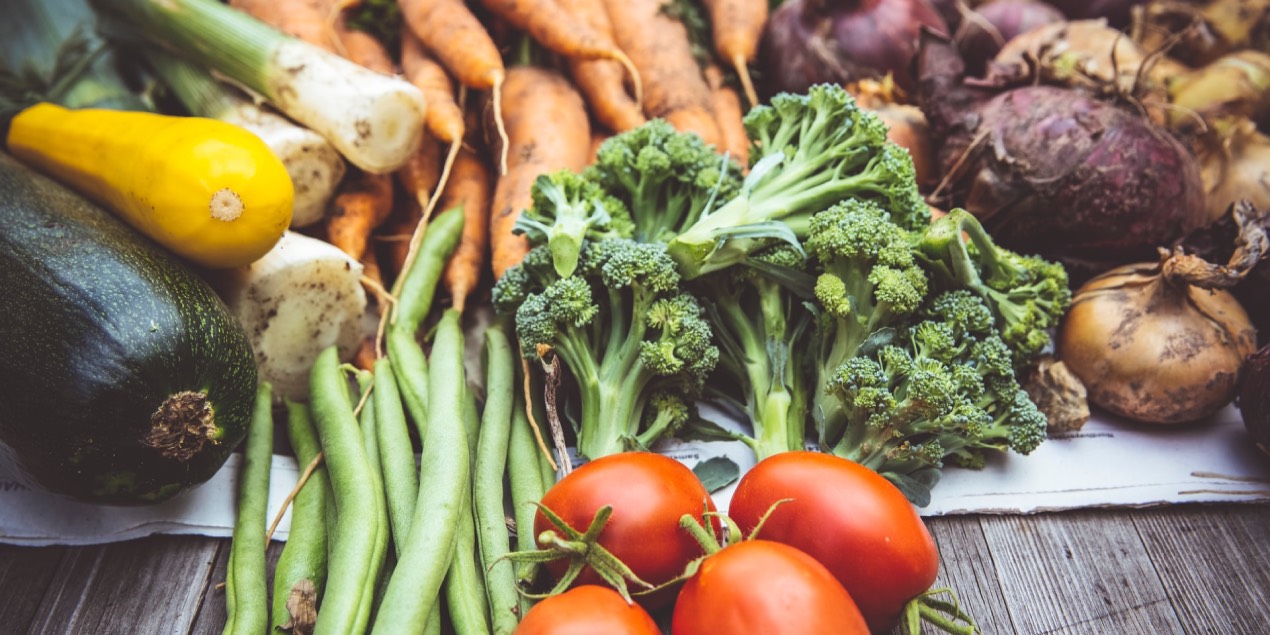
Vegetables are not just packed with nutrients that greatly benefit the human body, but are also filled with sumptuous flavors that can be cooked on their own or mixed with other ingredients. Although vegetables are mostly inexpensive, some are very pricey due to their rarity and very limited supply. Here are the seven most expensive vegetables in the world:
1. Le Bonnotte Potatoes - $500 Per Pound
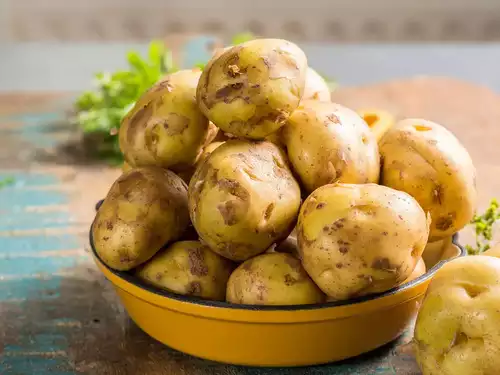
Le Bonnotte potatoes are renowned for their exclusivity and high price, grown only on Île de Noirmoutier in France. Cultivated in mineral-rich, sandy soil fertilized with seaweed, these potatoes develop a unique flavor profile with hints of salt, lemon, and walnuts. Harvested by hand during a brief ten-day season in May, their production is labor-intensive and yields only around 100 tons annually, adding to their luxurious appeal in fine dining settings?.
2. Matsutake - $500 Per Pound
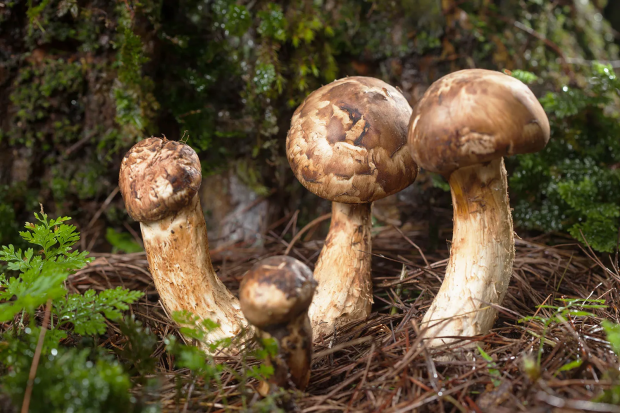
Matsutake mushrooms, also called "pine mushrooms," are rare and valued for their earthy, spicy aroma and flavor reminiscent of cinnamon and pine. Native to Japan but found in various forests globally, they grow symbiotically with trees and are challenging to cultivate. Their unique flavor elevates soups, stews, and rice dishes, and they are considered a delicacy in Japanese cuisine?.
3. Wasabi Root - $396 Per Kilogram
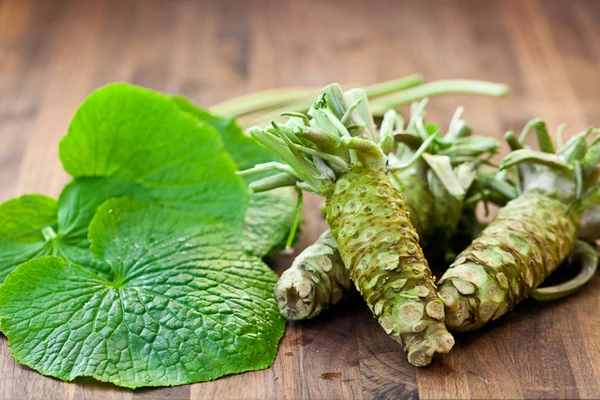
Wasabi root, or Japanese horseradish, is a rare green root vegetable from the mustard family, known for its pungent and spicy flavor. Fresh wasabi root, or rhizome, is grated to release a sharp taste that quickly fades, adding a unique kick to sushi and sashimi. Growing wasabi is challenging due to its specific climate and water needs, making authentic wasabi expensive and difficult to source outside Japan?.
4. Spanish Peas - $100 Per Pound
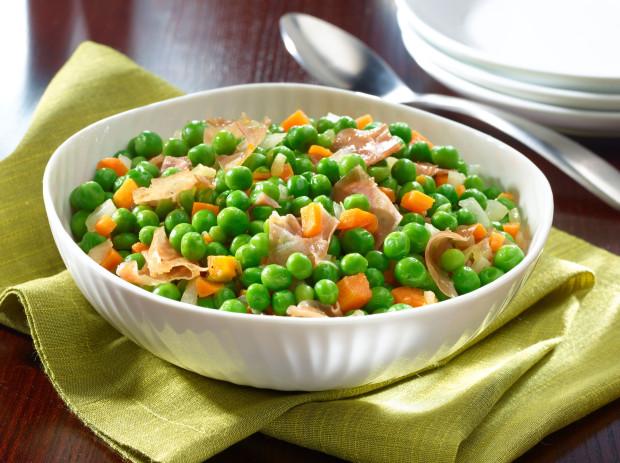
Spanish peas, especially the rare "guisante lágrima" or "tear-shaped pea," are a highly prized delicacy from Spain's Basque region. Known for their intense, sweet flavor, they are best enjoyed fresh and often feature in fine dining due to their unique taste and labor-intensive cultivation. These peas, often costing over $100 per pound, embody artisanal farming and Spain’s culinary heritage, with farmers like Jaime Burgaña reviving traditional varieties for exclusive markets?
5. Hops - $14 Per Pound

Hops, scientifically known as Humulus lupulus, are cone-shaped flowers primarily famous for their role in brewing beer, where they add bitterness, aroma, and act as a preservative. They also offer various culinary uses and are occasionally used in teas and herbal remedies for their mild sedative and anti-inflammatory properties. Traditional uses of hops include easing digestive issues, anxiety, and sleep disturbances.
6. Yamashita Spinach - $13 Per Pound
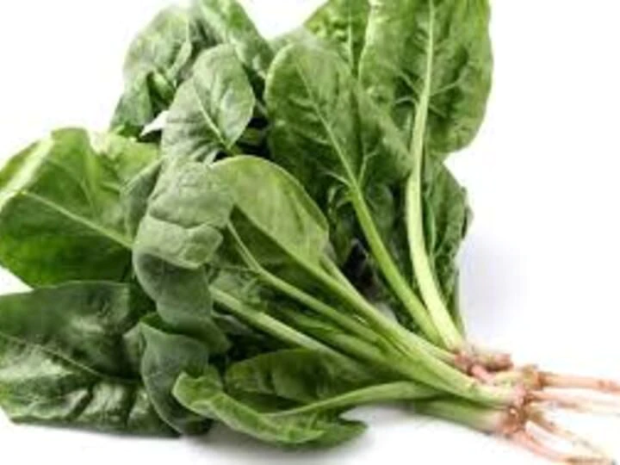
Yamashita spinach, cultivated by Asafumi Yamashita in France, is one of the world's most expensive leafy greens. Known for its distinct flavor and vibrant color, it’s a prized ingredient among Michelin-star chefs, appreciated for its unique nutty taste and rich antioxidant profile, which benefits heart and brain health. Yamashita's meticulous farming practices and selective distribution to top chefs enhance its exclusivity and demand?
7. Pink Lettuce - $10 Per Pound
Also known as the “millennial pink lettuce” but formally named Radicchio del Veneto, pink lettuce mainly grows in the fields of Italy but recently found its way into multiple areas in the U.S. Although it isn’t as expensive as the other vegetables on the list, lettuce costing $10 is a pricey purchase when most green lettuces are sold at $1 per pound.

Entering American grocery stores and fresh markets in early 2017, pink lettuce exhibits a slightly bitter taste compared to popular green lettuce variants such as the green leaf, iceberg, and Romaine lettuce.
In Closing
Expensive vegetables may not be completely justified (especially when the taste is similar to the ones sold in fresh markets), but as long as there are people willing to buy them prices won’t go down any time soon.









